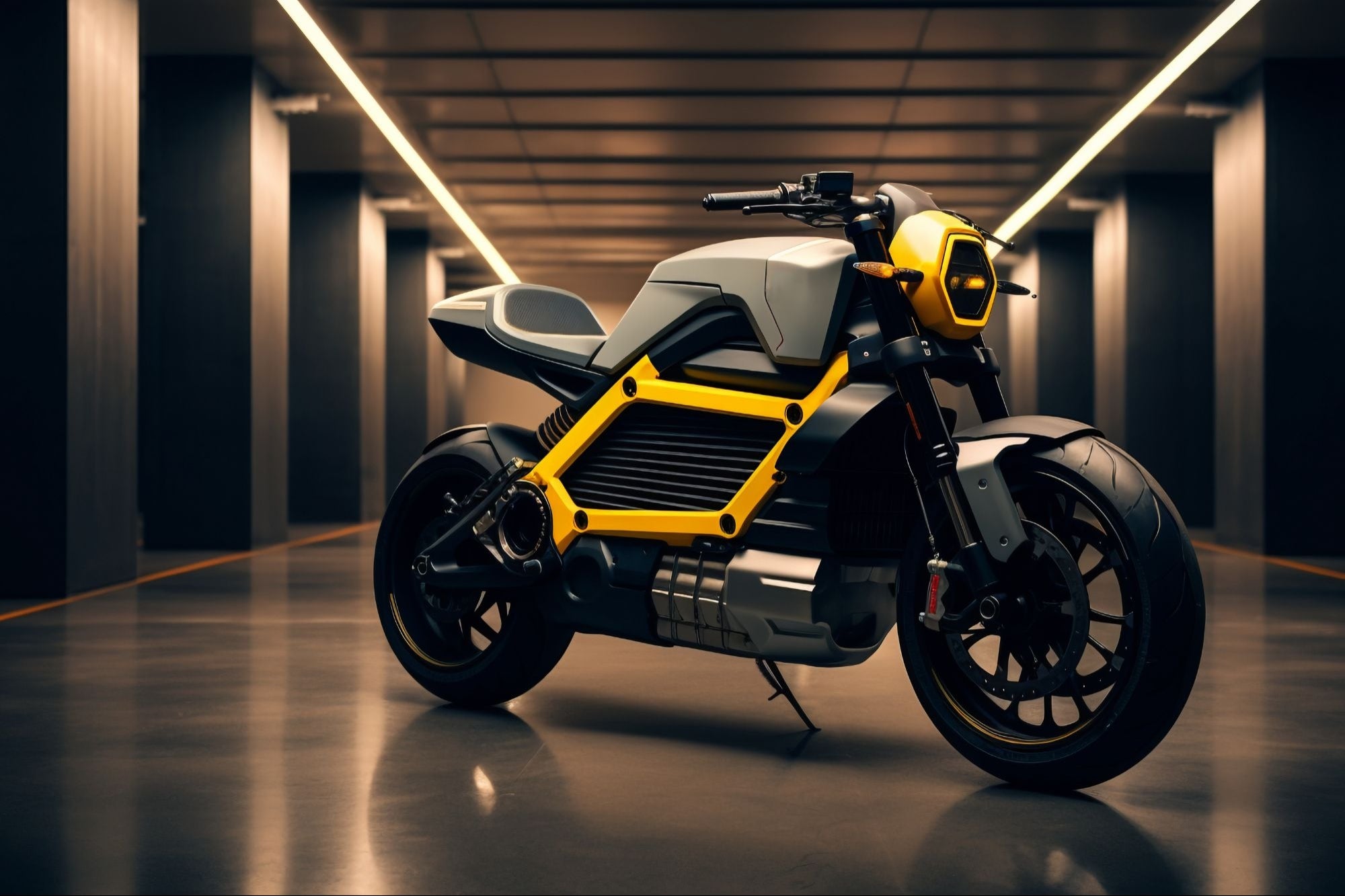E-Scooters vs E-Bikes: Who's Winning India's Two-Wheeler EV Race? For now, e-scooters continue to dominate volume sales. But looking ahead, the market won't swing definitively one way. The real outcome lies in segmentation.
Opinions expressed by BIZ Experiences contributors are their own.
You're reading BIZ Experiences India, an international franchise of BIZ Experiences Media.

India's electric two-wheeler market is at a pivotal crossroads. After a few years dominated by the rise of e-scooters (fueled by last-mile needs, urban density, and government subsidies) electric motorcycles are now picking up speed. What was once a story of scooters quietly cruising through metro streets is evolving into a broader shift. A deeper contest is emerging between the convenience of e-scooters and the power, performance, and cultural pull of e-bikes.
The early wave of EV adoption in India was powered largely by low-cost, Chinese-made e-scooters that found favor among gig workers and families. Their ease of use, minimal maintenance, and suitability for dense urban environments made them an instant fit.
"E-scooters have seen significantly higher adoption due to their relevance in dense urban areas and last-mile logistics," said Paras Shah, COO and co-founder of Kazam, a charging infrastructure startup. "In FY24 alone, India saw 9.5 lakh electric two-wheeler registrations, with e-scooters dominating this count."
But convenience doesn't always equal longevity or deeper market penetration. As Shah pointed out, while e-scooters check the boxes for short daily commutes and affordability, they fall short in range and rugged performance, especially in Tier-II and Tier-III regions where internal combustion engine (ICE) bikes like the Hero Splendor or Bajaj Discover still rule. "Electric bikes that can match the power and range of ICE motorcycles are still priced significantly higher," he noted.
This transition isn't merely about preferences. It's about engineering, infrastructure, pricing, and the deep-rooted psychology of Indian mobility. "India moves on motorcycles," said Mohal Lalbhai, co-founder and group CEO of Matter Motor, an e-bike company. "With 65 per cent of two-wheeler sales attributed to motorcycles, the country's riding culture is deeply rooted in geared, performance-oriented formats."
Lalbhai isn't alone in his view. Madhumita Agrawal, founder and CEO at Oben Electric, makers of e-bike, draws a clear distinction between what has happened and what's next. "While electric scooters led the initial EV phase driven by urban use cases and fleet adoption, the next major shift will come from electric motorcycles, especially in the commuter segment priced below INR 1.6 lakh."
Truth Behind the Tech
Technically, the line between scooters and bikes blurs when it comes to battery chemistry. "Battery technology does not differ based on whether the vehicle is an electric scooter or a motorcycle," explained Agrawal. "What matters is the chemistry—LFP or NMC—and how it's applied based on the product's needs." Oben Electric, for instance, uses LFP (lithium iron phosphate) batteries, which offer twice the lifecycle and superior heat resistance compared to the more common NMC (nickel manganese cobalt) packs.
Still, the size and complexity of the battery systems vary dramatically. "E-scooters are typically built around simpler architecture with battery capacities ranging from 2 to 3.5 kWh," said Lalbhai. "E-motorbikes, in contrast, are built to deliver power, control, and road presence—requiring larger, high-performance battery systems, often paired with sophisticated cooling and drivetrain architectures."
From a sustainability standpoint, the conversation grows more nuanced. On paper, e-bikes, with smaller batteries and lower energy consumption, should have a lighter environmental footprint. "Lifecycle assessments consistently favour e‑bikes for lower emissions," said Anupam Kumar, CEO of MiniMines Cleantech Solutions company focused on the recycling and resource recovery of lithium-ion batteries. "E‑bike emissions hover around 22 g CO₂/km, while scooters offer 35–40 per cent lifecycle emission reductions compared to petrol scooter usage." However, scooters, especially in shared fleets, face faster battery degradation and often lack robust end-of-life disposal systems.
Yet the end-of-life impact doesn't solely hinge on form factor. "Lifecycle emissions and battery disposal depend on battery chemistry, usage pattern, and recyclability," Agrawal emphasized. "LFP batteries have a 2x longer lifecycle… and simplify end-of-life disposal as they do not contain cobalt and nickel."
Infrastructure could be the equalizer. Kazam is working on LEVDC, a low-cost, fast-charging solution tailored for both formats, though it might be a game-changer for performance-driven e-bikes. As Shah noted, "Fast public charging becomes crucial—especially as electric bikes mature."
The Price Point
Cost, however, remains the defining hurdle. Indian buyers are notoriously price-sensitive, with the bulk of two-wheeler sales falling under the INR 1.6 lakh bracket. "Motorcycle buyers are 99.9 per cent males, who prefer this form factor over scooters for various reasons like design, performance, and acceleration," said Agrawal. Yet, breaking into this space requires offering ICE-equivalent performance at razor-thin margins. "To build a hard and complex product like an electric motorcycle, you require high design & technical skills and R&D expertise," she added.
The premium e-bike segment is growing but still niche. Brands are pushing boundaries with innovations such as liquid-cooled powertrains, manual transmissions, and intelligent dashboards. But these aren't mass-market products, yet. For now, e-scooters continue to dominate volume sales. Their total cost of ownership (TCO) appeals to both gig economy riders and budget-conscious families. "e-Scooters win on cost-effectiveness for today's Indian market," Shah concluded. "Maintenance is minimal, with fewer moving parts and fewer service requirements."
Looking ahead, the market won't swing definitively one way. The real outcome lies in segmentation. Narayan Subramaniam, co-founder & CEO, Ultraviolette gives the final verdict, "I believe the split is going to be quite even between scooters and motorcycles. We are seeing typical commuter motorcycle buyers as of today moving towards electric scooters or towards more aspirational segments of motorcycles."
For him, scooters have had more adoption because of more options available and more companies operating in this space and the fact that it is easier from an R&D standpoint to get scooters to the market. "Motorcycles are now going to pick up, it's going to take a little more R&D but multiple companies are at it already. So, if you zoom out five years from today, I am pretty confident that the electric vehicle segment in two-wheelers will be evenly split across scooters and motorcycles."













